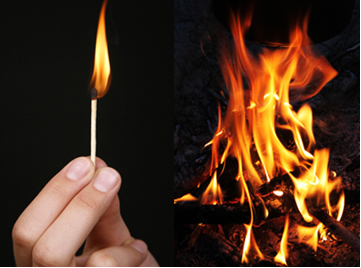Alkaline earth metal belonging to the family 2A symbol Ba, atomic mass 137 u, atomic number 56 and at room temperature is in the solid state. Barium is a toxic chemical element, silvery in appearance, with a high melting point, which can be found in the mineral barite, and is not found free in nature, due to its high reactivity.
All Barium compounds that are soluble in water or acids are poisonous. Barium sulfate is used as a contrast in radiographs of the stomach and intestine. This procedure poses no danger, as this sulfide is insoluble, meaning it will not be absorbed by the stomach. The signs and symptoms of barium poisoning are:
• tremors, muscle fibrillation, hypertonia of the muscles of the face and neck;
• nausea, vomiting, diarrhea, abdominal pain;
• agitation, anxiety;
• seizures and coma.
Barium sulfate has the ability to absorb radiation and is therefore useful as a radio carrier (Rd) in nuclear power plants, it is easily oxidized by air. Barium compounds are used in small quantities for the production of paints and glass, and also in pyrotechnic flares.
Do not stop now... There's more after the advertising ;)
By Líria Alves
Graduated in Chemistry
See more!
arsenic - Harm caused by contamination by this metal.
Would you like to reference this text in a school or academic work? Look:
SOUZA, Líria Alves de. "Barium"; Brazil School. Available in: https://brasilescola.uol.com.br/quimica/bario.htm. Accessed on June 28, 2021.


